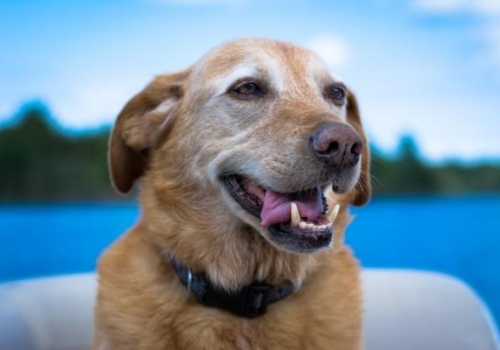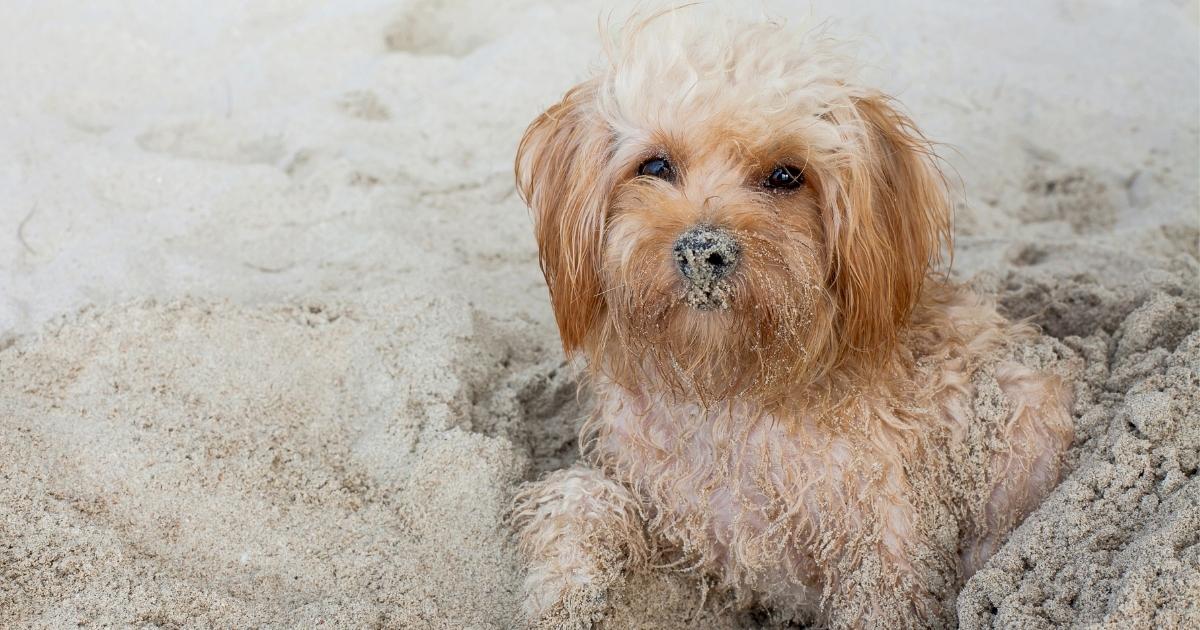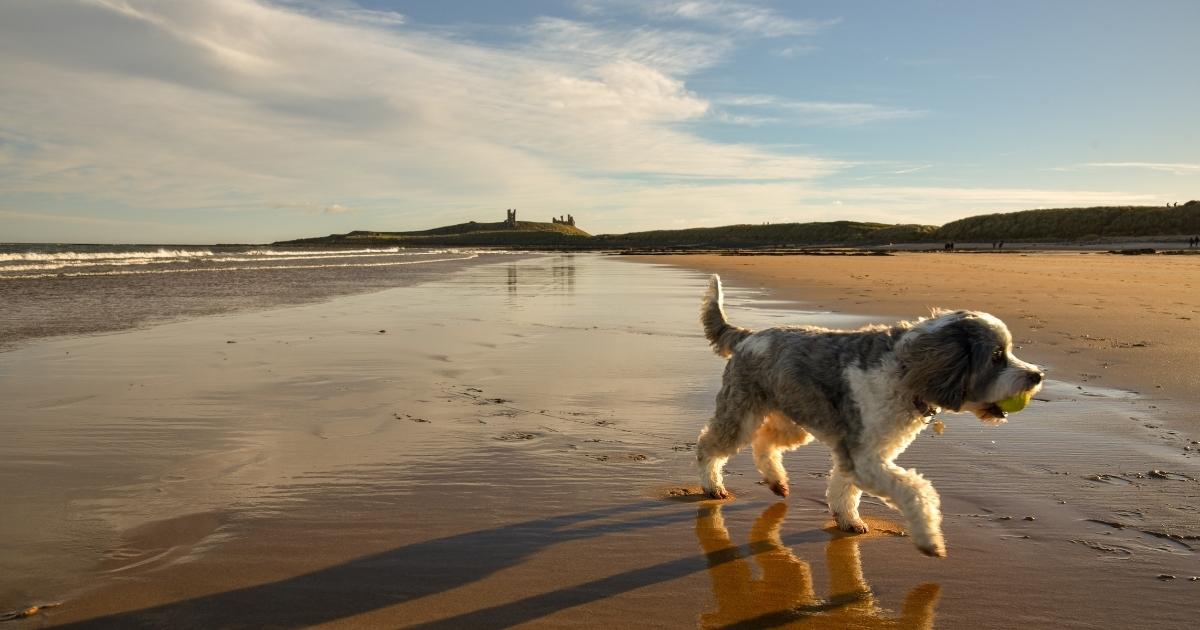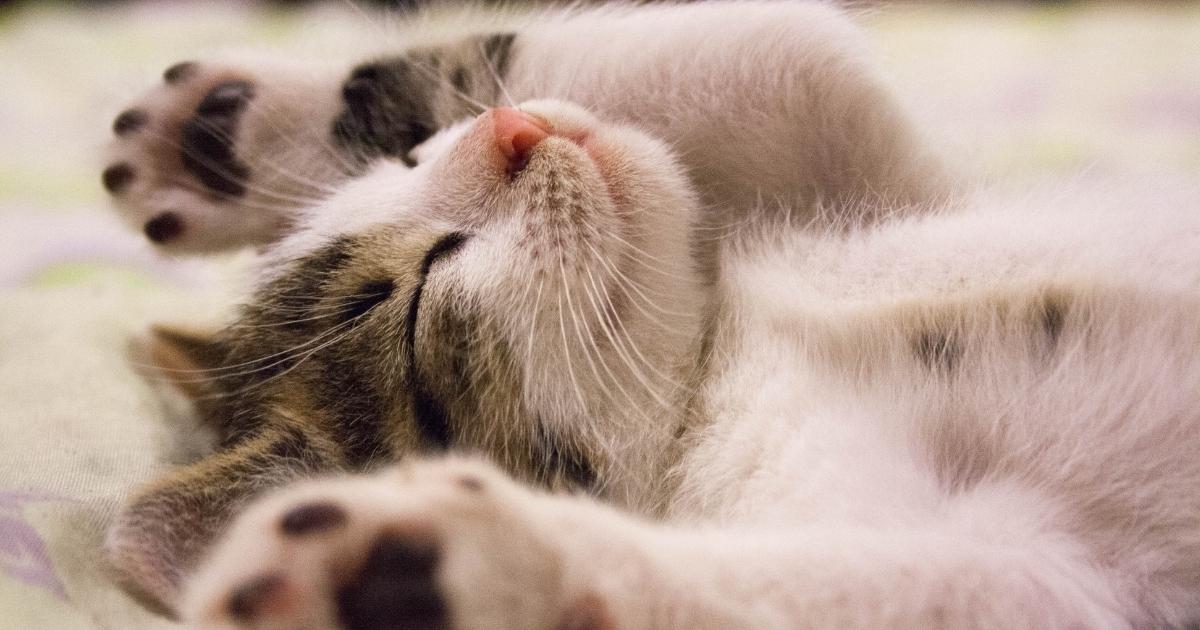A Complete Guide to Looking After Pets on Board: Part 1

Many of us lonely sailors dream of having a pet whilst working at sea. For hundreds of years, anything from parrots to cats to dogs to monkeys (and everything in between) have loyally travelled with their owners at sea, relieving their loneliness, protecting them and keeping them company. But what does a modern day visit from the superyacht owner’s furry friends actually entail? Here, many members from our popular group Yacht Stewardess and Steward Tips weigh in on advice on how to keep Rufus (or is it Sir Rufus Bumblebee Wagtail Spartacus III?) happy and entertained on board.
Dogs on board
Many dogs are accustomed to and trained to be on board. Many charterers, however, have never exposed their pets to a boat, let alone a multi-million dollar superyacht. This does not necessarily have to become a headache or something to fear though, as there are several preparations prior to and during the trip that the crew can complete to make the it easier for everyone involved.
Toilet habits and training
For dogs, it is quite common practice to provide a corner or relief station somewhere outside on deck (preferably an area with fibreglass on the deck) made from Astro grass. Some crew and owners living in small areas without a garden get quite creative with setting up and designing such a station!
Providing an easy-to-clean ‘porch potty’ area with fake grass will create a safe space for the pet to relieve itself, or if the yacht often docks or stays at anchor, crew can schedule walks on land for the pet to explore and do its business. It will be essential to design a two-hourly walk/shore/porch potty schedule laminated in the crew mess, assigning crew for each shift. This should continue all day until the pup settles in for the night. Should needs be, someone should also be responsible for taking the dog out during the night.
Depending on the age of the dog, the most important question is how well he/she is house trained when he/she arrives on board for the first time. Regular shore runs are a must, but it’s also worth looking into having a designated ‘toilet’ on board because young dogs can’t hold it in too long.

This outdoor toilet area can consist of a shallow box (a larger area will be needed for larger dogs), a plastic liner underneath and then the Astro grass on top. A good carpenter/engineer can design such an area with relative ease and provide easy-to-clean solutions such as drains or pull-out trays. An enzyme spray cleaner should be used, rather than poisonous cleaning products such as bleach to prevent the accidental poisoning of the pet or marine life, and once a pet has been introduced to this area and his scent is present, he can make various escorted visits to this area per day, eventually hopefully realising this is the only area for him to use for his toilet needs.
Ensure a safe space for the dog as it will also help with training if he/she receives treats every time he successfully concludes his/her business in the potty area. Having raised two puppies in the past two years, I quickly learnt that patience, love, encouragement and repetition are the crucial ingredients of house and dog training.
For training, it is advised to provide treats as praise rather than negative enforcement such as sticking their noses in their pee after having an accident. The puppy will get scared and find places to hide for his pee instead of learning to use the appropriate toilet area.
For smaller breed dogs, one can look at purchasing this type of porch-potty.
If a ‘porch potty’ is not an option, or the dog cannot get used to relieving himself in one place, it is essential to buy pee pads/mats or puppy training pads. Once the dog has used these, it might also be advisable to leave the used pee pad in the Astro porch potty for a few hours for him/her to smell the urine there and realise that this is the place to go to do its business. Again, praise the dog with treats whenever it relieves itself in the correct place. You can buy a spray that makes them go to the bathroom where you spray it - check out products like Bodhi © Dog Training Spray. Also buy heaps of training pads and keep putting them in the same place and try to keep the guest cabin doors closed.

Feeding the animals
As far as getting a dog accustomed to its water and food, always feed him/her in the same area as he/she might be new to the yacht and won’t always know where to find the water bowl. There are many sorts of non-slip bowls and under-pads available, as well as raised stands etc should they be needed for larger dogs.
For feeding, if possible, it would be best to appoint one crew member to be responsible for this, as it might avoid overfeeding or skipping feeding times.
I find that dogs love frozen treats – you can freeze meat broth, pet-friendly peanut butter etc into frozen treats to keep the dogs occupied and cool them down on a hot day. The Kong © line of toys and feeders are a very popular option and work very well for my three pups.
It is also crucial to get a preference sheet sent to the family prior to the dog’s visit which should cover a complete list of food preferences, raw food diet, dry food, allergies etc. If the owner states that he will be bringing dog medicine and supplements, also ensure to have some basic dog first aid products available on board such as laxatives, herbal anxiety medicine, constipation medicine, ear drops, flea and tick treatment and allergy medicine.
A fun addition for the REALLY spoilt pups on board would be a ‘doggy menu’ provided to guests prior to the dog’s meals. This might be something offered to the pet owners in the mornings to ensure there is nothing being fed to Fido that may disagree with his/her stomach or cause allergic reactions.
Also ensure that you have enough treats and chewing toys. Most dogs that are not kept active and stimulated tend to chew and if left unsupervised can easily rip pillows, blankets and anything chewable when bored. Ask the owners beforehand what treats, snacks and toys are allowed and avoid rawhide chews. My dogs absolutely love carrots, broccoli, apple (minus the seeds!) and banana, all of which were recommended to me by my veterinarian – please stay away from animal bones, you don’t need a bone stuck in the pet’s throat mid-sea!

Pet health and general preparations
Firstly, look into purchasing a large, open, flat plastic container for rinsing the dog’s feet if he/she was on shore. Also remember to provide some old/dark towels for drying the dog after walks and swims.
Should you be crossing any country borders with pets on board, it’s important for the captain, purser or yacht manager to look into the documentation, regulations and vaccinations needed from country to country. Some countries might ask for a veterinarian report or have quarantine rules. This should be pre-arranged and in place once the pet comes on board.
Ask the owners or house staff to provide a list of animal specialists and veterinarian phone numbers and contact details and keep on board for emergencies. Also research local veterinarian hospitals/clinics in each area/country you are visiting and keep it within reach for quick access.
Due to possible ear infections from frequent swimming, also invest in some ear drops and ear cleaning tools and dry the dog’s ears very well after each swim - inside and outer ear. Otherwise, they could grow fungus in their ears, especially dogs like Spaniels or dog breeds with long and hairy ears. Check out Virbac © Epi-otic Ear Cleaner for Pets - it comes highly recommended by veterinarians.
Furthermore, it would be advisable to keep pet nail clippers on board (or advise a proper professional pet pedicure prior to the visit), as well as small grooming scissors in case they get something stuck in their fur and proper dog grooming brushes on board, especially for dogs with longer fur. Plenty of drop towels are essential, as you will be using a lot of towels with pets on board.
As far as blankets, toys and dog beds, it would be advisable to contact the owners or their home staff beforehand to ensure the correct bedding is provided. If it is indicated that the pets sleep in the bed with their owners, ensure you have doubled up on the waterproof mattress covers to avoid a doggy smell lingering in the mattress after the guests departed.

Shopping list for dog trip on board
-
Treats and chews as per owner’s request. Many dogs are on special diets or raw food diets so be sure to discuss this with the chef prior to the trip.
-
Lint rollers work great for removing fur on couches and beds.
-
Pee pads.
-
Approved dog shampoo, towels, groom and brush for a daily brush, especially dogs that shed a lot.
-
Enzyme cleaning sprays, enzyme laundry detergent and a carpet cleaner for smells and to remove vomit, faeces and urine – pet shops sell a wide range of these products.
-
Dog beds and blankets if not brought by the owners.
-
Toys, balls, bowls, food, poo bags, dog brushes, leashes, harnesses.
-
A snuffle mat is a great enrichment game to keep them busy.
-
Basic dog medicine – ask the vet for laxatives, eye drops, constipation medicine, seasickness treatment and anxiety medicine. Also be sure to ask the guests if they would need any special medicine on board, especially if the dog suffers from serious diseases such as diabetes.
Tips for feline friends
Most of the above tips may also be useful to feline visitors, however there will be a need for litter boxes rather than porch potties. There are many options available for this but we definitely recommend this automatic litter box.
You could also use an under-bed storage container with wheels and fill it with kitty litter. It can be kept on the aft deck so there would be no smell on the interior. Consider keeping a carpeted area around the litter box for the cat to wipe his paws after visiting the litter box and should any litter get outside the box, it is easy to vacuum up. A bucket with a tight-fitting lid and a scoop would be crucial items to keep nearby for cleaning the litter box and try to do this several times a day.
It would be crucial to purchase some scratch poles and pads and protective covers for the furniture. Cats may prefer to be limited to a safe room or cabin on board rather than maybe roaming the entire yacht. Of course, for cats not used to a boat, they will need to be very carefully monitored around the water. It would not be recommended to declaw the cat if it lives on board permanently, as this is seen as inhumane by many veterinarians.
Read Part 2 of this article here.
Read more about Isobel here.

Post your comment
You cannot post comments until you have logged in.
Login to post a commentComments
Comment by: Alex gd - 29 Jul 2022, 13:35 (24 months ago)
Interesting
No one has commented on this page yet.
RSS feed for comments on this page | RSS feed for all comments